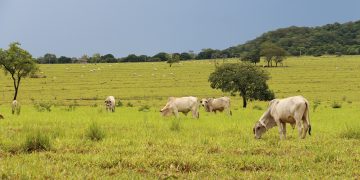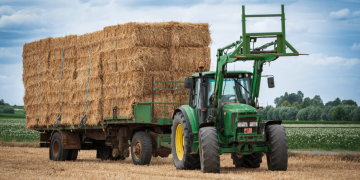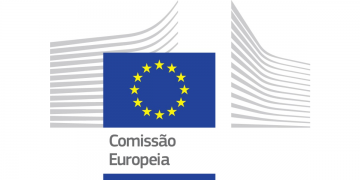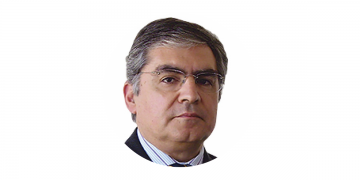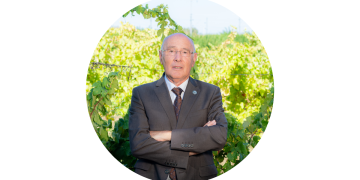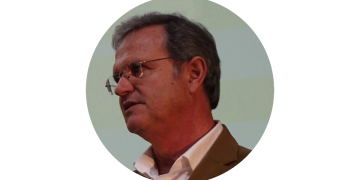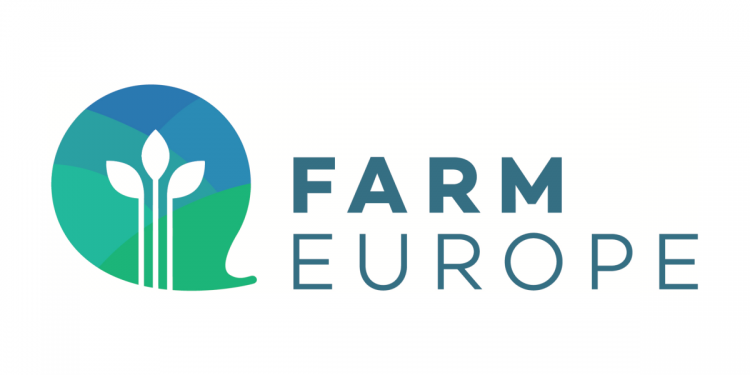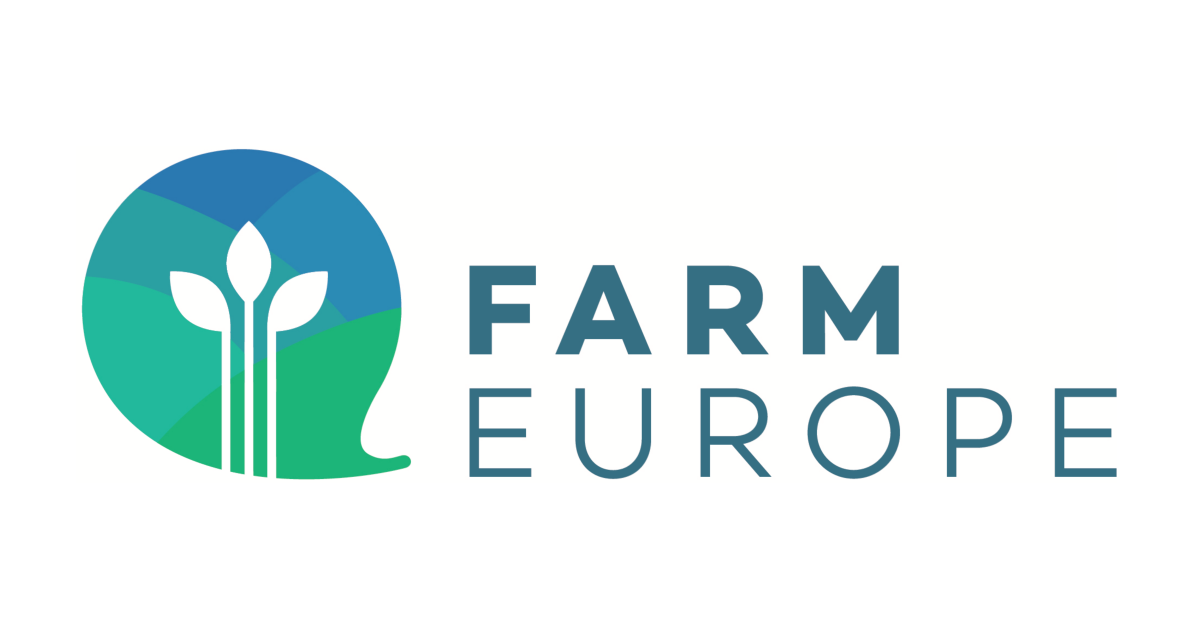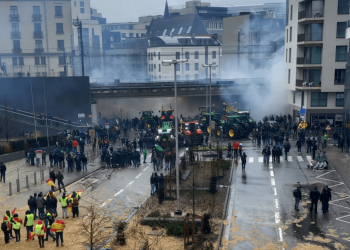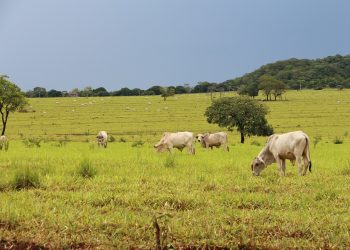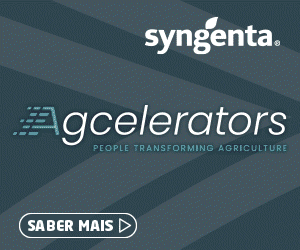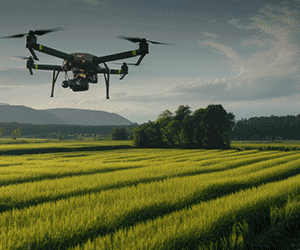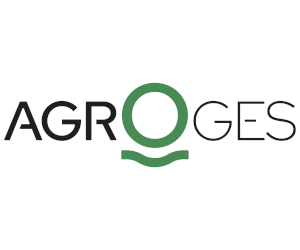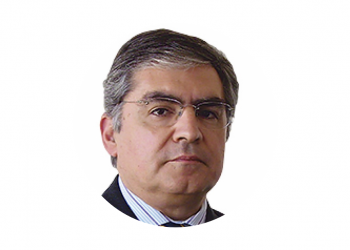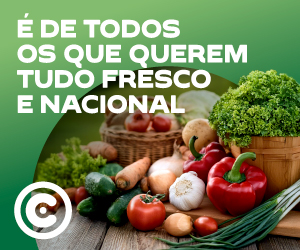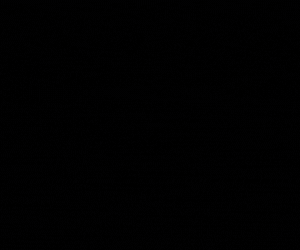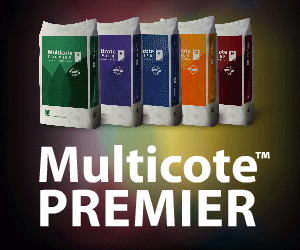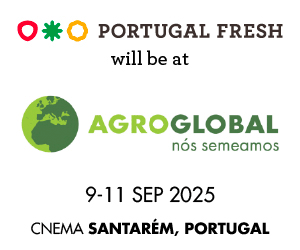A escolha de como distribuir os apoios da Política Agrícola Comum (PAC) é o principal instrumento de ação ao abrigo desta política, e este instrumento sustenta grande parte da capacidade de investimento e das perspetivas futuras das explorações agrícolas da UE. Reflete as prioridades da UE para o futuro da agricultura e das explorações agrícolas no continente.
Desde o início do seu mandato, a atual Comissão Europeia centrou o debate na concentração dos subsídios da PAC “naqueles que mais precisam deles”, um desafio particularmente difícil, tendo em conta as sensibilidades climáticas, agronómicas, geográficas e setoriais, e também difícil dada a necessidade de uma abordagem europeia que evite distorções da concorrência, oferecendo ao mesmo tempo flexibilidade suficiente para respeitar a diversidade das estruturas agrícolas.
No dia 16 de julho, a Comissão Europeia decidiu, por isso, apresentar uma proposta dupla: uma redução orçamental significativa para a PAC, acompanhada de uma redistribuição radical dos apoios, combinando um regime de apoio degressivo acima dos €20.000 e um limite máximo de €100.000.
A Farm Europe analisou o alcance da fórmula prevista pela Comissão Europeia com base em dados públicos sobre a distribuição dos apoios em 2022. Estes dados constituem uma ferramenta para analisar a estrutura das explorações agrícolas em toda a União. Embora os números não sejam exatos ao euro, fornecem uma projeção inicial sólida que pode ser refinada pelos organismos pagadores nacionais.
Esta análise revela que as taxas de degressividade e de plafonamento do apoio ao rendimento de base afetarão mais severamente os agricultores que atualmente são o pilar da produção europeia. Mais de metade da superfície agrícola utilizada da UE seria afetada pela redução dos apoios, subindo para dois terços quando se excluem as explorações mais pequenas (que recebem menos de €5.000 em apoios), as quais estão principalmente abrangidas por apoios forfetários ou estão no limiar para tal apoio. Um terço dos agricultores com mais de 12 hectares veria os seus subsídios reduzidos pela degressividade a nível da UE.
Esta análise europeia não é suficiente para compreender totalmente a amplitude das consequências da fórmula escolhida pela Comissão Europeia. Em países como a França e a Chéquia (República Checa), que têm estruturas muito diferentes, seria o próprio modelo agrícola do país a ser posto em causa. Em França, mais de 50% dos agricultores que recebem mais de €5.000 por ano seriam afetados por uma redução nos apoios, representando 73% da área agrícola total do país. Na Chéquia, este número subiria para 85% do setor produtivo em causa. Em Itália, conhecida pela dimensão média relativamente pequena das suas explorações, não menos de 57% dos hectares seriam afetados pela degressividade quando se trata de estruturas não elegíveis para o regime dos pequenos agricultores.
Em diferentes escalas, todos os Estados-Membros seriam severamente afetados por esta proposta, que parece ser ditada mais por uma vontade de poupar dinheiro do que por uma verdadeira vontade de justiça ou por uma visão para o futuro do setor. Embora o executivo europeu tenha expressado a louvável ambição de recentrar a política naqueles que produzem, a sua proposta de direcionar os apoios para “aqueles que mais precisam” faria, portanto, o contrário.
Uma tal fórmula aumentaria ainda mais a pressão económica sobre as explorações que atualmente representam a maior parte da produção da UE. Não há dúvida de que esta abordagem aceleraria o processo de reestruturação agrícola em toda a Europa, incentivando a expansão e tornando particularmente difícil a instalação de jovens agricultores em explorações familiares tradicionais. Poderia também incentivar os agricultores da UE a concentrarem os seus esforços na redução de custos em vez de otimizarem a produção, o que comprometeria seriamente o objetivo da soberania agrícola.
EU
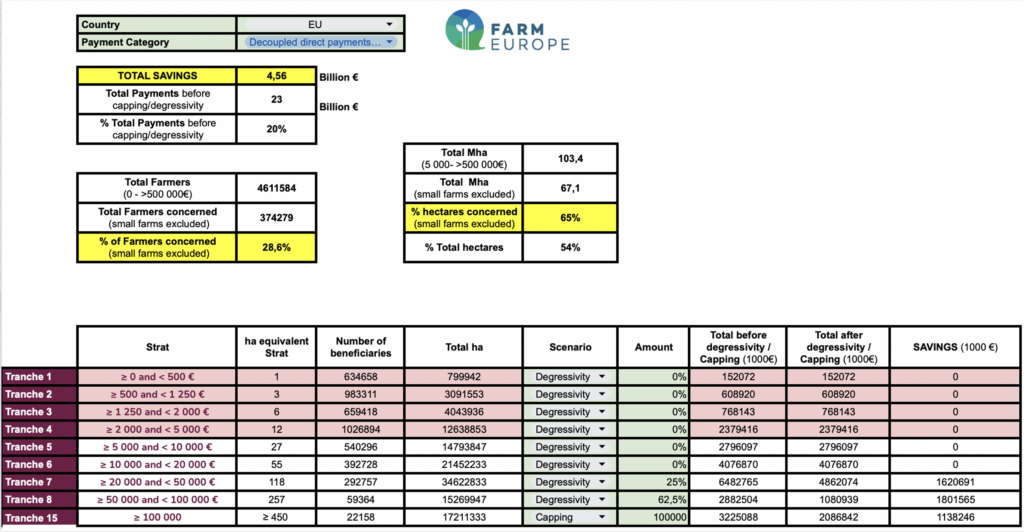
ITALY
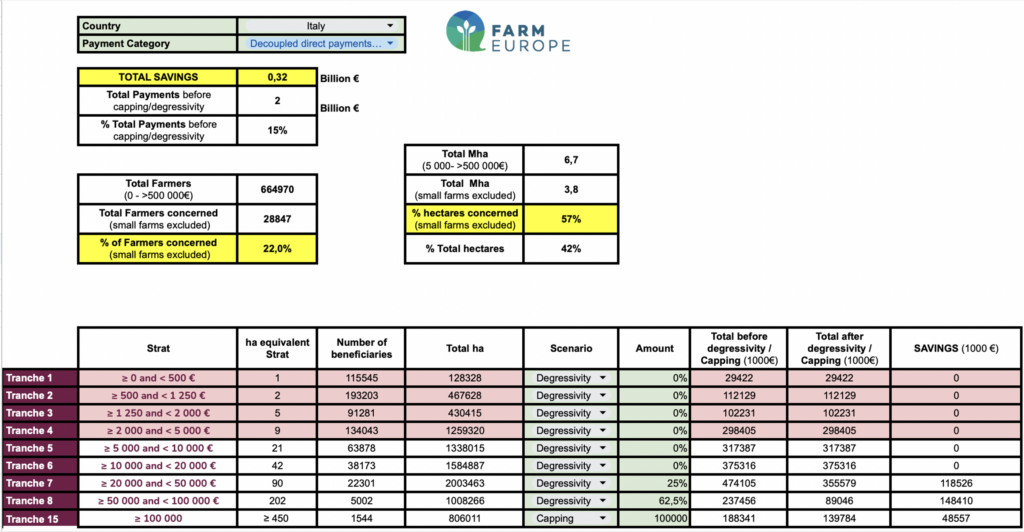
FRANCE
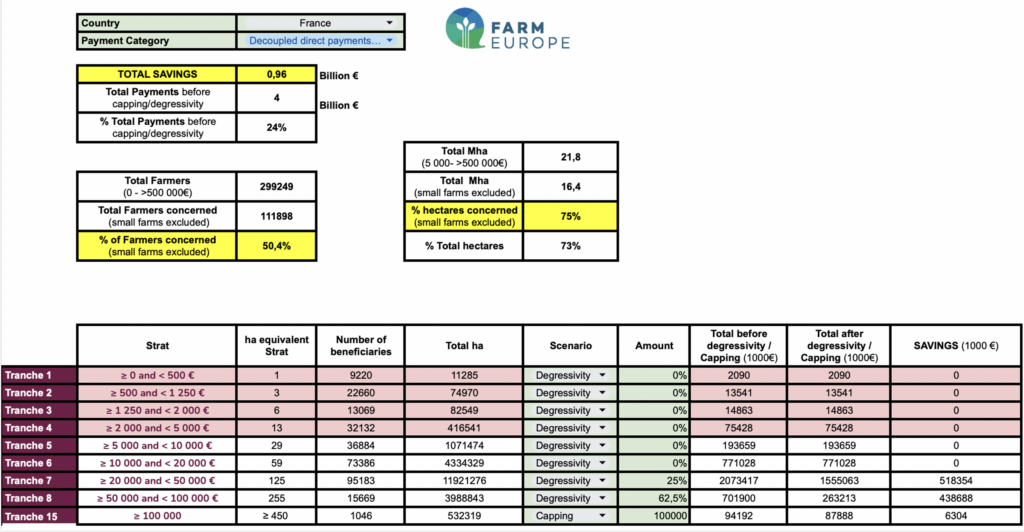
CZECHIA
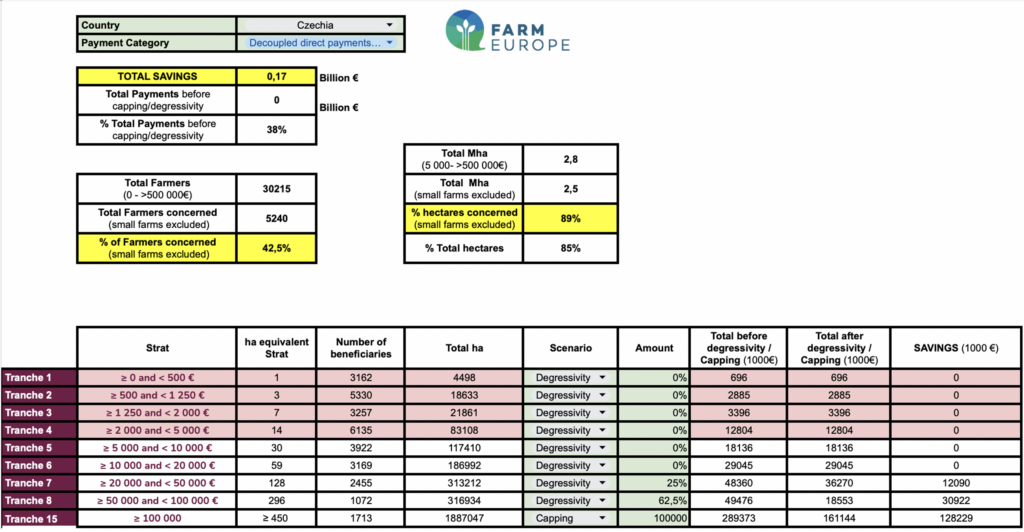
Tradução Agroportal com IA
O artigo foi publicado originalmente em Farm Europe.



